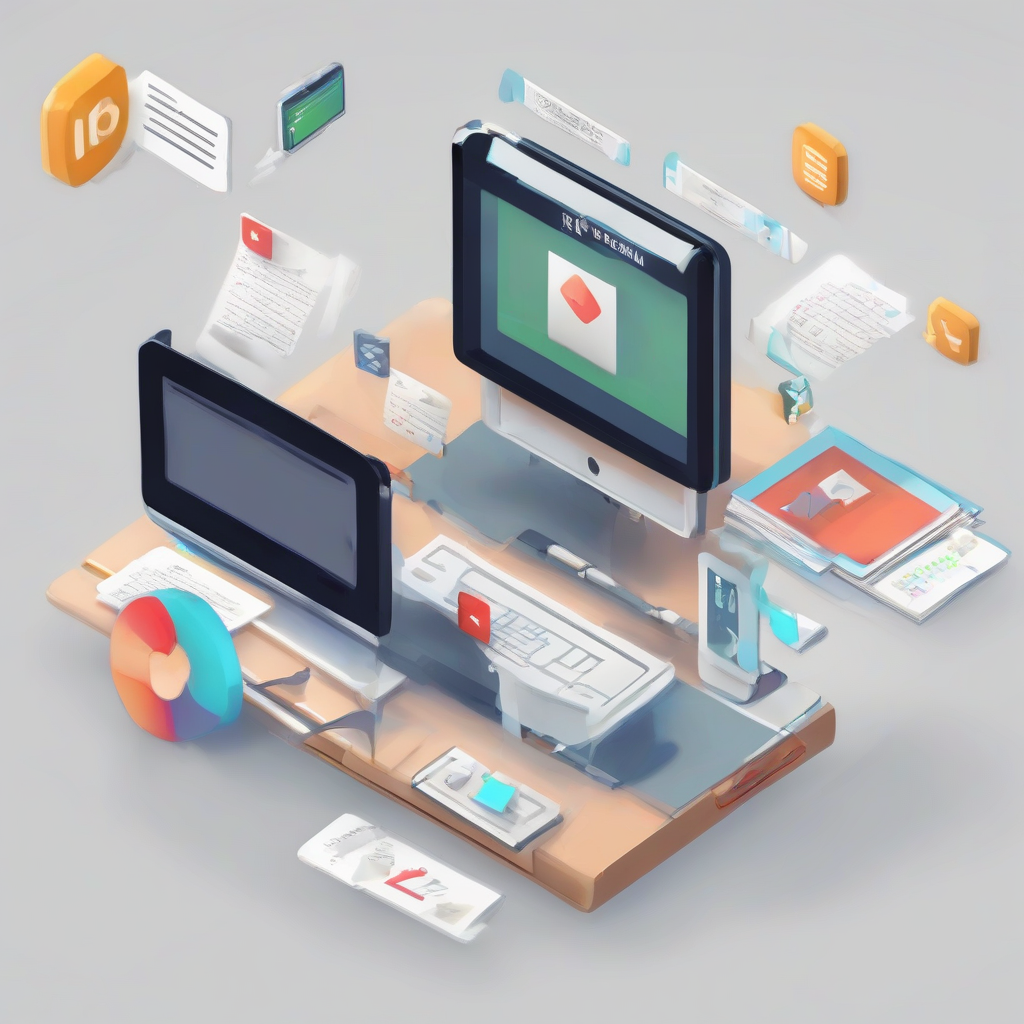Industrial PCs with Touch Screens: A Deep Dive into Robustness, Reliability, and Applications
Industrial PCs (IPC) have revolutionized various sectors, offering powerful computing capabilities in demanding environments. The integration of touch screen technology further enhances user interaction, simplifying complex operations and improving efficiency. This comprehensive guide delves into the intricacies of industrial PCs with touch screens, exploring their key features, benefits, applications, and considerations for selection and implementation.
Understanding Industrial PCs (IPCs)
Unlike standard desktop PCs designed for office environments, industrial PCs are built to withstand harsh conditions. They are engineered for reliability, durability, and operational consistency in settings where temperature fluctuations, vibrations, dust, and moisture are common. Key characteristics of IPCs include:
- Robust Construction: IPCs feature reinforced chassis, shock-resistant components, and protection against environmental factors.
- Extended Temperature Ranges: They operate effectively across a wider temperature spectrum compared to standard PCs.
- High Reliability Components: IPCs use components designed for long-term operation and minimal downtime.
- Wide Range of Input/Output Options: They offer extensive connectivity options, supporting various industrial devices and sensors.
- Modular Design: Many IPCs have modular designs allowing for customization and upgrades.
The Advantages of Touch Screen Integration
The incorporation of touch screens significantly enhances the usability and efficiency of industrial PCs. The benefits include:
- Intuitive User Interface: Touch screens offer a simple and intuitive interface, even for users with limited technical expertise.
- Improved Efficiency: Direct interaction with the system accelerates tasks and reduces errors compared to mouse and keyboard input.
- Enhanced Hygiene: Touch screens can be easily cleaned and disinfected, crucial in hygienic environments like food processing or healthcare.
- Space Saving Design: Eliminates the need for separate keyboards and mice, saving valuable space in confined industrial settings.
- Data Input in Harsh Conditions: Gloves can often be used with touch screens, enabling data entry even when wearing protective gear.
Key Features of Industrial Touch Screen PCs
Several key features distinguish industrial touch screen PCs from standard PCs. These features contribute to their suitability for industrial applications:
- Type of Touch Screen Technology: Resistive, capacitive, projected capacitive, and infrared are common types, each with varying durability and sensitivity.
- Display Size and Resolution: Screen size and resolution are crucial for visibility and readability, depending on the application and viewing distance.
- Brightness and Contrast: High brightness and contrast are necessary for clear visibility in various lighting conditions.
- Protective Glass: Toughened or chemically strengthened glass is essential to protect the screen from impacts and scratches.
- IP Rating: Ingress Protection (IP) rating indicates the level of protection against dust and water ingress, essential in demanding environments.
- Operating System Compatibility: Compatibility with industrial-grade operating systems like Windows Embedded, Linux, or real-time operating systems is crucial.
- Processing Power: The processing power required depends on the application’s complexity and data processing needs.
- Memory and Storage: Sufficient memory (RAM) and storage (hard drive or SSD) are essential for smooth operation and data management.
- Connectivity Options: A range of interfaces, such as Ethernet, serial ports, USB, and CAN bus, is required to integrate with various industrial devices.
Applications of Industrial PCs with Touch Screens
Industrial PCs with touch screens find applications in a wide array of industries and applications. Some key examples include:
- Manufacturing: Machine control, process monitoring, quality control, and data acquisition.
- Healthcare: Patient monitoring, medical imaging display, electronic health records access, and laboratory automation.
- Transportation: Vehicle diagnostics, fleet management, and in-cabin information systems.
- Energy: Power generation monitoring, grid management, and renewable energy system control.
- Retail: Point-of-sale (POS) systems, self-checkout kiosks, and inventory management.
- Food Processing: Process control, quality assurance, and data logging in hygienic environments.
- Automotive: Assembly line automation, diagnostics, and testing equipment.
- Military and Defense: Command and control systems, situational awareness displays, and data analysis.
Choosing the Right Industrial Touch Screen PC
Selecting the appropriate industrial touch screen PC requires careful consideration of several factors:
- Environmental Conditions: Temperature range, humidity, dust, and vibration levels must be evaluated.
- Application Requirements: Processing power, memory, storage, and connectivity options should be aligned with application demands.
- User Interface Needs: Screen size, resolution, brightness, and touch screen technology must meet user needs.
- Budget: Balancing cost and performance is crucial.
- Maintenance and Support: Consider the availability of maintenance and support services.
- Scalability and Future Upgrades: Assess the potential for future expansion and upgrades.
- Compliance and Standards: Compliance with relevant industry standards and regulations is crucial.
Future Trends in Industrial Touch Screen PCs
The field of industrial touch screen PCs is constantly evolving. Some prominent future trends include:
- Increased Processing Power: Advances in processor technology will lead to more powerful and efficient IPCs.
- Improved Display Technology: Higher resolution, brighter, and more durable displays will be developed.
- Enhanced Connectivity: Support for advanced communication protocols and faster data transfer rates will become more prevalent.
- Integration with IoT: Seamless integration with the Internet of Things (IoT) will enable remote monitoring, control, and data analytics.
- Artificial Intelligence (AI) Integration: AI-powered features will enhance decision-making and automation capabilities.
- Miniaturization and Increased Ruggedness: Smaller, more robust, and energy-efficient IPCs will be developed.
Conclusion
Industrial PCs with touch screens offer a powerful combination of robust computing power and intuitive user interaction, making them indispensable in a wide range of industrial applications. By carefully considering the specific requirements of the application and selecting an IPC with the appropriate features, businesses can leverage the benefits of these advanced technologies to improve efficiency, productivity, and safety.

